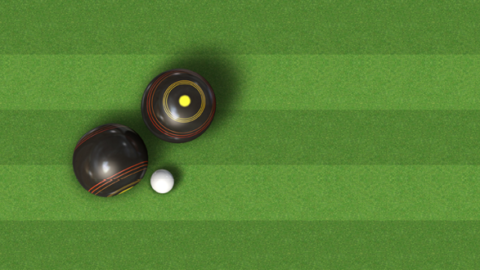Winnie The Pooh, Ashdown Forest’s World Famous Bear
Over the years, the honey-loving bear has proved to be a success for Disney, becoming one of its most popular franchises. The cute, loveable bear and friends have starred in a series of animated productions and have provided countless merchandising opportunities for the corporation.
As many of us will know, the real Pooh Bear story starts much closer to home on the Ashdown Forest – the stories were written by the English writer, A.A Milne who got the idea from a teddy that was owned by his son, Christopher Robin Milne.
The teddy was bought from Harrods in June 1921 by Daphne, the author’s wife, and was initially named Edward Bear but later renamed after a Canadian black bear that Christopher Robin saw at London Zoo – the black bear had been purchased as a cub from a hunter.
He was bought by a Canadian Lieutenant who decided to name the bear Winnie after his adopted hometown of Winnipeg whilst Pooh is believed to be a swan the Milne family encountered while on holiday.
[box type=”shadow” align=”” class=”” width=””]Did you know?
Winnie the Pooh has inspired a variety of philosophical texts including – The Tao of Pooh and The Te of Piglet, which set out to explore Taoism, The Pooh Perplex and Postmodern Pooh, Pooh and the philosophers.
The musician, Kenny Loggins of Footloose fame, wrote the song, House at Pooh Corner, which later featured on his album Return to Pooh Corner in 1991.
There is a Punk Metal band in Estonia called Winny Puhh.
The Pooh stories have been translated in more than 46 languages including a Latin translation, Winnie ille Pu which was published in 1958 and became the only Latin book to appear on The New York Times Best Seller list..
[/box]A.A Milne’s inspiration for the young Christopher Robin character was his own son, who appeared along with some of his other toys, Eeyore, Piglet, Tigger, Kanga and Roo. Londoner, Milne bought Cotchford Farmhouse near Hartfield as a holiday home for his family in 1925.
He would head out to the house with his family and a nanny on Saturday morning, returning to London every Monday afternoon. They visited for a month in the Spring and two months in the Summer. The house had far reaching views over the Ashdown Forest and to the River Medway.
From the garden, a bare hilltop could be seen in the distance, on top of it stood a distinctive clump of pines, which was Gill’s Lap, known as Galleon’s Leap in the book. During interviews, Christopher Milne recalled regular expeditions instigated by his father to count the trees. Apparently no one ever managed to count the same number leading to the naming of The Enchanted Place.
[box type=”shadow” align=”” class=”” width=””]We hope you enjoyed the first part of our celebration of Winnie The Pooh – Ashdown Forest’s World Famous Bear. Next month, we will bring you the second part, including how to play Pooh sticks![/box]
By Rachel Whitlam





